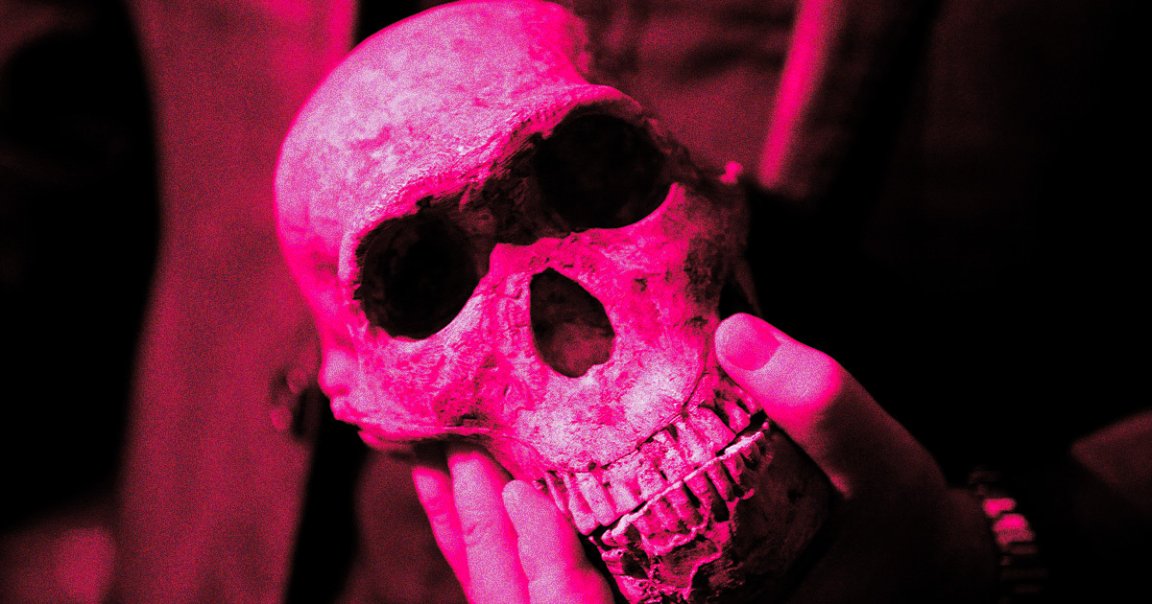
Hominin Hymns
We have an enduring cultural fascination with the early human ancestors who once lived on — and even shared — our planet.
Now, it appears that one of our ancestral species had burial rituals that included the carving of symbols hundreds of thousands of years ago, according to a series of new studies that suggest they could have had deeper similarities with us than previously known.
The trio of three new studies, currently accepted for publication in the journal eLife, were conducted by an international team of archaeologists, constituting one of the most comprehensive looks into the social lives of the archaic hominin species Homo naledi, who were discovered just under a decade ago in South Africa’s Rising Star caves.
While there has been more traditional archaeological research into the short, smaller-brained Homo naledi, who date back to the Middle Pleistocene era roughly two or three hundred thousand years ago, these new papers zoom in on their ritualistic behaviors, most of which are more often associated with our larger-brained Homo sapiens species.
As the study about the symbol engravings notes, the cross-hatches and other geometric shapes seem to indicate “meaning-making” along the lines of prehistoric H. sapiens cave drawings. Until now, those endeavors were thought to be associated with our species’ advanced brainpower — H. naledi’s brains were probably about the size of chimps’, for comparison — but now it sounds like we may have more in common with our ancient ancestors than we ever thought.
Ancestral Thinking
Dr. Lee Berger, a paleoarcheologist and National Geographic explorer in residence who was part of the team that first discovered the proto-human species, says these new findings could be revolutionary in terms of how we think about our ancestors.
“These recent findings suggest intentional burials, the use of symbols, and meaning-making activities by Homo naledi. It seems an inevitable conclusion that in combination they indicate that this small-brained species of ancient human relatives was performing complex practices related to death,” Berger, who was also the lead author of two of the new studies and a coauthor on the third, said in a National Geographic Society statement. “That would mean not only are humans not unique in the development of symbolic practices, but may not have even invented such behaviors.”
“What we’ve uncovered forces us to rethink a whole set of assumptions about hominins and human evolution,” Agustin Fuentes, a Princeton anthropology professor and the recent excavation’s on-site bioculutral specialist, said in the statement. “Much of what we assumed was distinctively human, and distinctively caused by having a large brain, may not be either of those things.”
While this is far from the first study to cause us to rethink our place in natural history, it’s nevertheless huge to imagine that proto-humans could have engaged in early versions of the same worldview-building and death-reflection practices as we do today.
More on archaeology: Scientists Discover That Ancient Humans Were Tripping Balls in a Cave